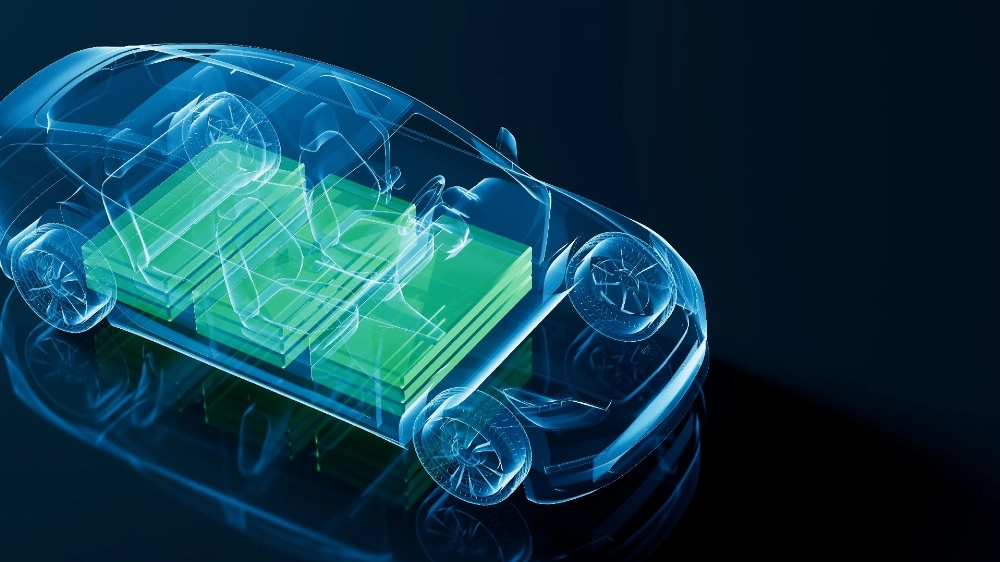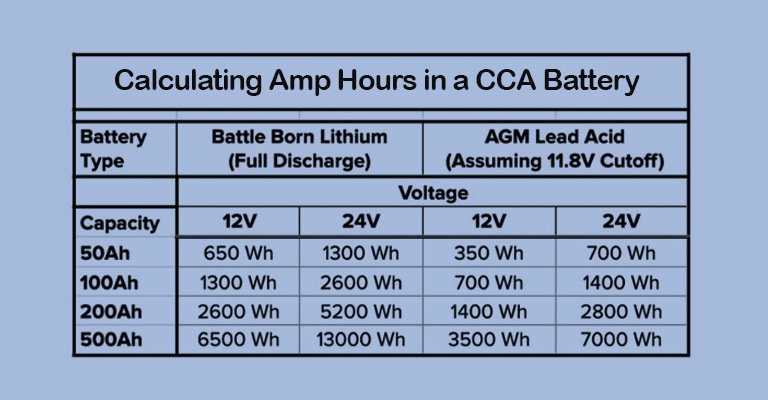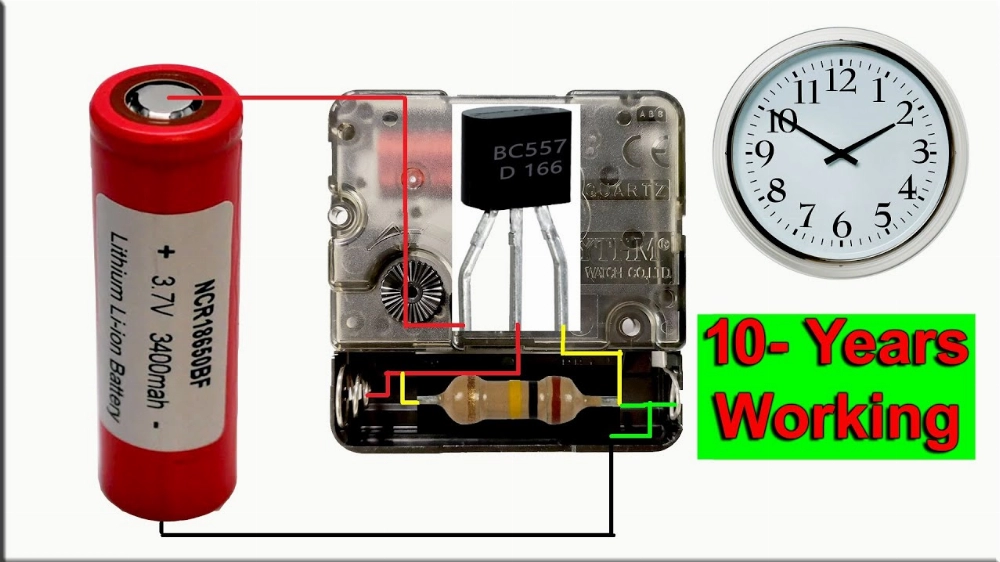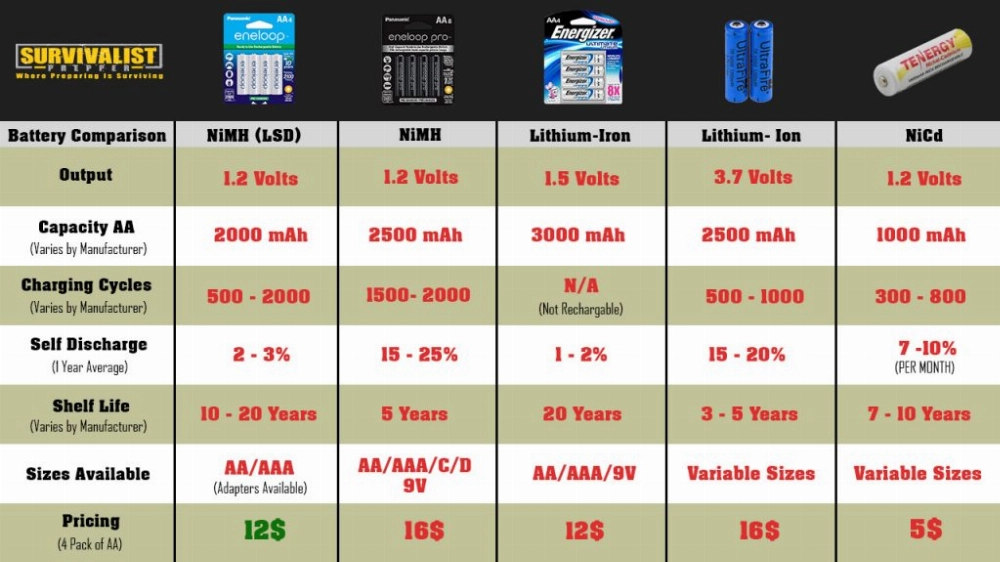Understanding 4C Batteries: A Comprehensive Guide
In the realm of high-performance batteries, particularly in demanding applications, understanding C-rates is crucial. If you’re unfamiliar with this concept or simply want to delve deeper, this article will provide you with the information you need. This article will detail everything you need to know about 4C batteries—from what they are to what they’re used for—and help you determine if they’re right for your needs.
What Does 4C Mean in the Context of a Battery?
At the heart of many battery specifications lies the C-rate, which is frequently misunderstood. The C-rate refers to the rate at which a battery is discharged or charged relative to its capacity. In simpler terms, it indicates how quickly a battery can be safely charged or discharged relative to its total capacity.
A 4C rating means that the battery can be discharged at a rate that is four times its nominal capacity in one hour. For example, if you have a 1,000mAh battery, a 4C rating means it can safely discharge at 4,000mA (4A). This is critical for high-drain devices like drones, RC cars, and power tools, which require rapid power delivery.
However, keep in mind that the C-rate also affects battery life and temperature. While higher C-rates allow for faster power delivery and discharge, they can also lead to increased wear and heat buildup, which may shorten the battery’s overall lifespan.
Types of 4C Batteries
There are several types of 4C rated batteries, each designed for specific applications, offering unique features and characteristics. Here are some of the most common types:
Lithium-Ion (Li-ion) 4C Batteries
- Advantages: These are the go-to batteries for most consumer electronics and electric vehicles. They feature high energy density, long lifespan, and lightweight design.
- Best Uses: Smartphones, laptops, power tools, and e-bikes.
Lithium Polymer (LiPo) 4C Batteries
- Features: Similar to Li-ion batteries but more flexible in shape and size. LiPo batteries can handle high discharge rates, such as 4C, making them ideal for high-performance applications.
- Best Uses: Drones, RC cars, and hobby electronics.
Nickel-Metal Hydride (NiMH) 4C Batteries
- Features: Known for their environmental friendliness, NiMH batteries offer a moderate energy density and can handle high discharge rates. However, they typically have a shorter lifespan compared to Li-ion or LiPo batteries.
- Best Uses: Power tools, flashlights, and devices that require frequent but less intense power bursts.
Voltage of 4C Batteries
When selecting a 4C battery, voltage is an important factor to consider. Common voltages for 4C batteries include:
- 3.7V: Primarily found in Li-ion and LiPo batteries. This voltage is common in consumer electronics like smartphones and portable devices.
- 7.4V: Often found in two-cell configurations, commonly used in high-drain devices such as RC cars and drones.
- 12V: Typically used in power tools, flashlights, and some electric vehicles.
The voltage determines the amount of power the battery can deliver. Batteries with higher voltages can handle larger devices and greater power demands.
Pros and Cons of 4C Batteries
Like any technology, 4C rated batteries come with their own set of advantages and disadvantages. Here’s a quick look at the pros and cons:
Pros:
- High Discharge Rate: Their primary advantage is the ability to deliver a high current output. This makes them perfect for high-drain devices that need quick bursts of power.
- Compact Size: Despite their power, many 4C batteries, particularly the LiPo type, are lightweight and compact, making them ideal for portable devices like drones.
- Extended Run Time for High-Drain Devices: Devices like RC vehicles, drones, and power tools benefit from 4C batteries because they can deliver rapid bursts of energy without overloading, thus extending run time.
Cons:
- High C-Rate Reduces Lifespan: While 4C batteries offer high power, the faster discharge rate leads to accelerated wear and tear, potentially shortening their overall lifespan.
- Heat Buildup: The rapid release of energy generates heat, potentially leading to thermal issues that necessitate proper cooling systems or thermal management.
Conclusion
4C batteries are essential in high-performance applications that demand rapid power bursts. Understanding their C-rate, voltage, and types can help you make informed decisions about whether they’re right for your devices. Whether you’re powering a drone, RC car, or power tool, 4C batteries offer the performance and reliability needed to meet demanding tasks. Choose wisely, balancing power, lifespan, and temperature control to optimize performance.
KHZH offers high-quality battery solutions for various applications, ensuring you get the right power source for your devices. For more details, check out our article on What Does DOD Stand for in a Battery.
Disadvantages of 4C Batteries
Overheating Risk
Due to their higher discharge rates, 4C batteries can get very hot, especially when pushed beyond their limits. This overheating can lead to thermal damage, reducing the battery’s overall lifespan.
Shorter Lifespan
High C-rate batteries like 4C degrade faster compared to lower C-rate batteries. This is especially true when they are consistently used at high discharge rates, shortening their overall lifespan.
Cost
4C batteries, especially those made from high-quality materials like LiPo and Li-ion, are generally more expensive than lower C-rate batteries. This can make them unaffordable for casual users or those on a budget.
Part 5: 4C Battery Applications
4C batteries are well-suited for applications that require quick, powerful bursts of energy. Here are some common uses:
- Drones: Drones rely on rapid bursts of energy for takeoff and sustained flight, making 4C batteries, especially LiPo batteries, an ideal choice.
- Remote Control Vehicles: Cars, boats, and planes all require batteries that can deliver high power for rapid acceleration and maneuverability.
- Power Tools: High-drain power tools like drills and saws benefit from 4C batteries, which provide consistent performance during demanding tasks.
- Electric Vehicles: Although less common than lithium-ion batteries, 4C batteries are sometimes used in electric bikes and scooters to improve power and performance.
Part 6: How Long Do 4C Batteries Last?
The lifespan of a 4C battery depends on several factors, such as usage frequency and maintenance. Typically, these batteries can last for 300 to 500 charge cycles before they start to lose capacity. However, frequently pushing the battery to its limits can shorten its lifespan.
Batteries of different chemical compositions also have different lifespans. For example, lithium-ion batteries generally last longer than NiMH batteries, making them a better option for long-term use.
Part 7: Charging and Chargers
To maintain the performance and lifespan of a 4C battery, it’s crucial to use the correct charger. Here are some important tips for charging 4C batteries:
- Use the Correct Voltage Charger: Always ensure that the charger’s voltage matches the battery’s voltage. For example, a 3.7V battery requires a 3.7V charger, and a 7.4V battery requires a 7.4V charger.
- Avoid Overcharging: Avoid overcharging, as this can cause overheating, damage the battery, and shorten its lifespan. Monitor the charging process carefully and avoid exceeding the recommended charging time.
- Consider Using a Smart Charger: Smart chargers can automatically stop charging once the battery is full, preventing overcharging and extending the battery’s lifespan.
Part 8: How 4C Batteries Differ from Other Batteries
4C batteries stand out because they can handle high discharge currents without a significant voltage drop, unlike lower C-rate batteries. However, this high power output comes with some trade-offs, such as increased size, weight, and cost.
For example, a 2C battery might suffice for less demanding applications, such as low-power electronics, while a 5C battery might be overkill for everyday tasks but ideal for high-speed racing drones.
The main difference between 4C batteries and other batteries lies in the rate at which they release energy. 4C batteries are ideal for applications that require immediate bursts of power, while lower C-rate batteries provide a more steady, slower release of energy over time.
Part 9: Is a Larger C-Rate Always Better?
While you might assume that a larger C-rate is always better, that’s not necessarily true. A higher C-rate means a faster discharge rate and more power, but it also comes with some trade-offs. As mentioned earlier, high C-rate batteries are more prone to overheating and degrade faster, especially when subjected to continuous high-intensity discharge.
If your device requires high bursts of power and rapid energy delivery, a 4C battery is an excellent choice. However, for applications with more moderate power requirements, a lower C-rate battery might be a better option.
Power Burst: Choosing the Right Battery for Your Device
When you need a short burst of power, such as for drone applications, a high C-rate is crucial. A 4C battery is well-suited for these uses, providing the rapid power surge needed for devices that demand high power. However, for everyday gadgets, you may not need such a high C-rate. Lower C-rates are often sufficient for these applications, extending battery life and reducing battery degradation over time.
Ufine High C-Rate Batteries for Demanding Applications
If you’re looking for high C-rate batteries, Ufine’s battery series offers a range of customized solutions to meet your diverse needs. Ufine is known for its expertise in lithium battery technology and produces high C-rate batteries specifically designed for various applications. Our batteries are available in different sizes, voltages, capacities, and can be fully customized to meet your specific requirements.
Related Articles
-
How to Safely Clean Electrodes from a Leaking Battery: A Step-by-Step Guide
This guide outlines the risks, safety precautions, and proper cleaning methods for safely handling electrodes from leaking batteries. -
Portable Battery Charger vs. Power Bank: What’s the Difference?
A portable battery charger refers to any device that allows you to charge electronic devices on the go, while a power bank stores energy in a battery and can charge devices without being plugged into an external power source. -
The Ultimate Guide to Using a Lithium-Ion Jump Starter
Lithium-ion jump starters are essential for automotive emergencies. This guide covers how to use, maintain, and safely operate these devices to ensure you’re always prepared. -
What is a Portable Battery Charger?
This article defines portable battery chargers and discusses the materials used in them. It also explains how these devices work to ensure your devices remain powered on the go. -
How to Choose the Right Battery Pack for Your Needs: Capacity, Performance, and More
Choosing the right battery pack is crucial for ensuring reliability and performance. This guide covers key factors, including capacity and safety, to help you make the best choice for your needs.








